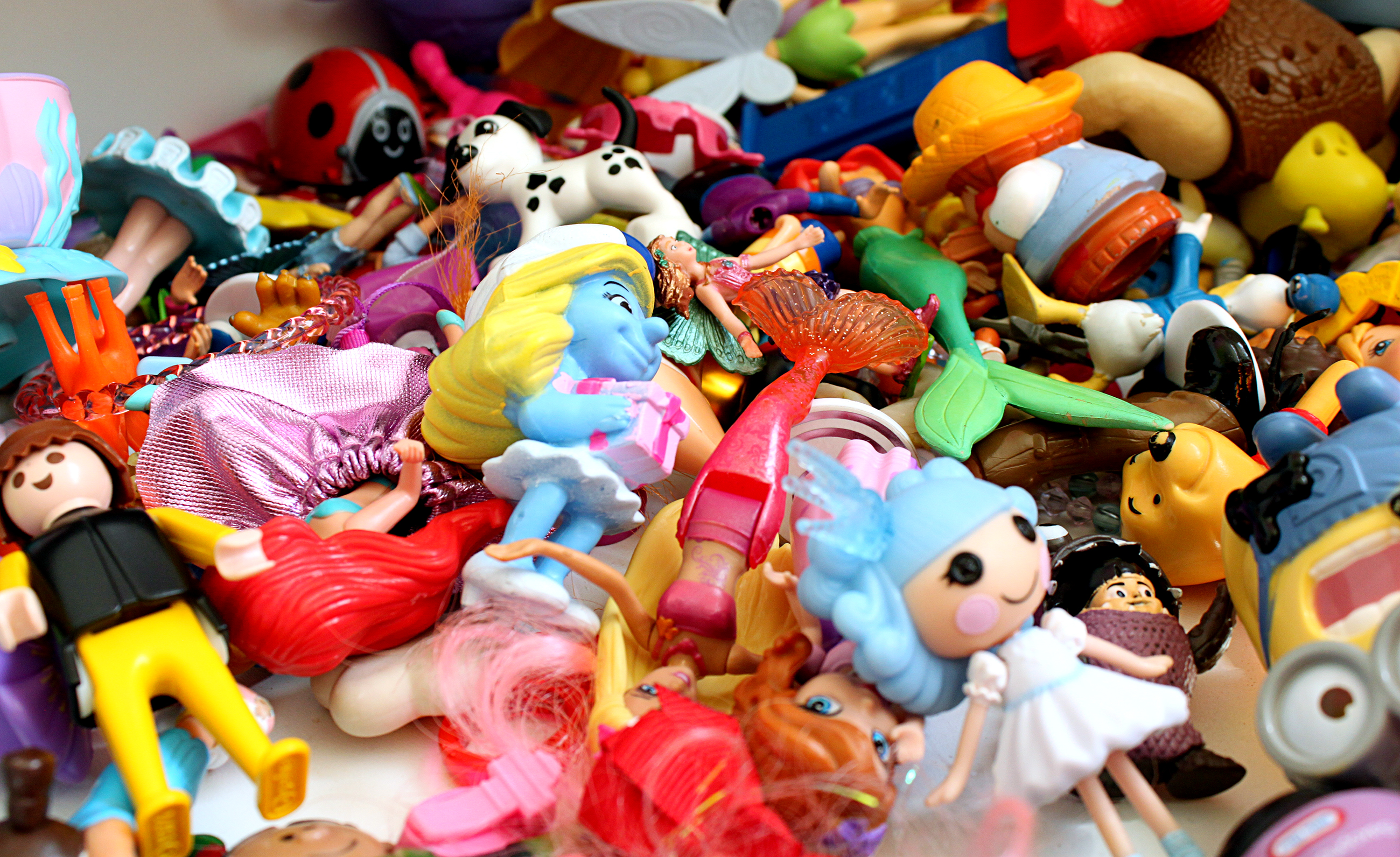My little boy likes trucks. My little girl likes pink. And that's okay!
I tried to raise my kids gender neutral. They had other ideas.


My 9-month-old son has spent the last 15 minutes spinning the wheels of a toy stroller he flipped on its side. Before that he was "driving" a small yellow car with a bite-worn smiley face. His 3-year-old sister, meanwhile, is making Lego stew in the kitchen while her freshly bathed baby doll balances on its head and left leg. What a perfectly manicured picture of gender-normative bliss.
But I'm a little surprised that this is where we're at. When my daughter was born, I went out of my way to give her gender-neutral everything. I hid the pink, cutesy clothing we received from well-meaning family members and made sure that no "girl toys" snuck into her collection. She didn't get a doll or a miniature Ikea kitchen until she was well into her second year, and then I reasoned that it was fine because I would absolutely give those things to a boy. Yet when I could no longer resist the invasion of "girlie" items, she was beside herself with joy. The cars and trains we'd been shoving in front of the kid for so long had bored the diaper off her and now, finally, we were giving our pink-starved princess the good stuff.
By the time her brother arrived, our house was a junkyard of every kind of toy you can imagine — from neon fairy dresses and almond-eyed, pastel ponies to neglected fire trucks and play tools.
The Week
Escape your echo chamber. Get the facts behind the news, plus analysis from multiple perspectives.

Sign up for The Week's Free Newsletters
From our morning news briefing to a weekly Good News Newsletter, get the best of The Week delivered directly to your inbox.
From our morning news briefing to a weekly Good News Newsletter, get the best of The Week delivered directly to your inbox.
Before he could move around, the boy child was presented with the same starter kit of rattles, pop-up toys, and squishy books as his sister. But then, two months ago, crawling happened. He immediately made his preferences known and headed straight for the vehicles. Still, a few times a day, I'll deliberately plonk him in front of a particularly unpleasant flamingo pink princess castle his sister got for Christmas to see what he'll do. He scuttles off to find a car.
He's not alone. Even in our over-thinking, irritatingly-PC Brooklyn neighborhood, where many folks consciously try to shield their kids from gender stereotypes, other parents report similar findings. Boys like their trucks, bulldozers, and trains, while girls dress up as princesses and make stew. There is, of course, variation. I know plenty of little boys who will play with dolls and pretend food and girls who play with cars. But overwhelmingly, if the children in my circle were asked to rank their toys by preference, the girls' first picks would be their dolls, kitchens, and princess gear while the boys would clutch their Matchbox cars like precious amulets.
Kids are, of course, culturally literate from a young age. So even if you're not injecting their absorbent little brains with ideas about "proper" play for girls and boys, they're also influenced by what's happening in the places you take them. But my 9-month-old is at home most of the time, and I'm convinced I'm not imparting — or exposing him to — even subtle boy/girl cues.
Studies do in fact suggest that boys and girls have an innate preference for certain types of toys and play — even before they are capable of partaking. From infancy, so pre-socialization, human babies and baby monkeys have been observed displaying a preference for toys associated with their gender. According to a 2009 study, children's testosterone levels and exposure in utero to a hormone called androgen are likely responsible. Yet no one quite understands why our hormonal makeup would lead children to prefer dolls to cars, or vice versa.
A free daily email with the biggest news stories of the day – and the best features from TheWeek.com
Researchers have suggested that perhaps toys like cars and balls facilitate physical activity, which, historically, would have been beneficial for males. Up until very recently, humans largely split tasks down gender lines. Men wandered off to kill dinner while women stayed at home suckling babes and making house.
However, a more recent investigation by the same researchers disputed this, showing evidence that children moved around just as much when playing with dolls as they did with vehicles and balls. It's possible, says one of the study's authors, Texas A&M University psychology professor Gerianne Alexander, that toys that look like humans (dolls) appeal more to girls, who have perhaps evolved to engage more with social stimuli — so anything pretending to be a person. Boys, meanwhile, use balls and wheeled objects to develop their superior spatial navigation skill set.
Although we don't fully understand it yet, boys are, it seems, predisposed to be fascinated with wheeled devices — and girls with dolls. So perhaps we as parents should stop worrying about our children's toy preferences. Babies want what they want, and to hell with their well-meaning parents' gender-blending intentions.
-
 Political cartoons for January 4
Political cartoons for January 4Cartoons Sunday's political cartoons include a resolution to learn a new language, and new names in Hades and on battleships
-
 The ultimate films of 2025 by genre
The ultimate films of 2025 by genreThe Week Recommends From comedies to thrillers, documentaries to animations, 2025 featured some unforgettable film moments
-
 Political cartoons for January 3
Political cartoons for January 3Cartoons Saturday's political cartoons include citizen journalists, self-reflective AI, and Donald Trump's transparency
